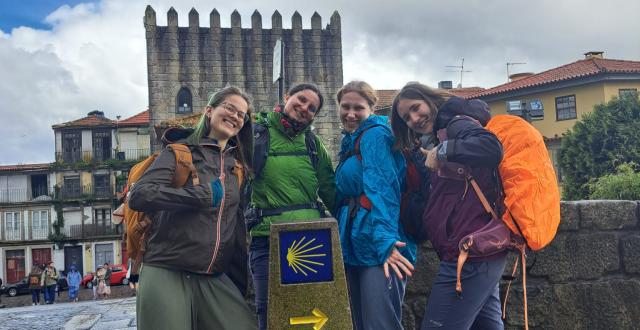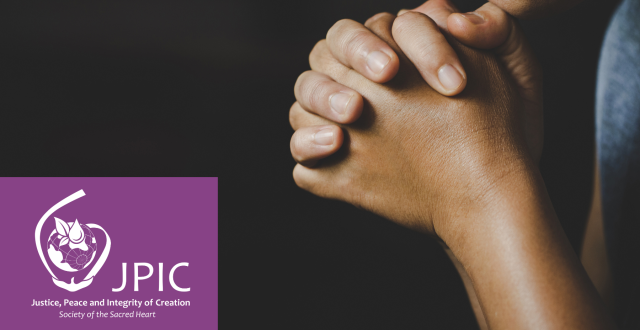
In February I had the opportunity to do some research in the province archives. My inspiration was the desire to know more about the seven RSCJ whose grave in Kansas I visited with my golden jubilee group in June of last year. Although our intrepid guide, Margaret Munch, could tell us something about a few of the group, there were some who were a mystery even to her. The simple tombstone on the common grave has only their names and dates of death, which in two instances are not correct. Little did I realize the prodigious amount of material I wouldencounter in the archives! What was a small research project grew and grew. How could I understand who the RSCJ were without understanding the context in which they lived? The people whom they served? What the Potawatomi thought of them? The Jesuit colleagues with whom they labored? Six of the seven had lived together at one time or another. Three, Lucille Mathevon, Louise Amiot and Mary Ann O’Connor were founders of the mission with Philippine. Mary Layton, the first American to enter the Society and persevere, is buried here. Some of them and the RSCJ they lived with in Kansas had been trained by Philippine or had lived with her. But who were Madame Regan, Mother Deegan and Mother Boyle?
I found myself in an interesting exploration of various time capsules – letters, reports from visiting vicars, and notes from Society researchers, especially Louise Callan and Marie Louise Martinez. In the tsunami of seventeen boxes of notes left by ML Martinez I discovered very candid and sometimes not flattering assessments by visiting vicars of the RSCJ and the mission community. Next door to our archives I visited those of the Jesuits and was introduced to the men who had a great influence on the RSCJ, some well known to us such as the Blackrobe friend of Philippine, Father DeSmet, but others less so: the Swiss scholar of the Potawatomi language, Maurice Gailland; the energetic Father Duerinck and the rifle toting Jesuit Bishop John Baptist Miège, who took on the formidable Mother Gallwey, defending the RSCJ against her criticism and faulting her for working them too hard.
Gradually I was able to get some picture of the type of community cor unum that they forged on the frontier. Reading firsthand accounts of religious who lived there, such as Rosa Monzert, Ellen Craney and Elizabeth Schroeder, I got some of the flavor of the life, its privations and the isolation they experienced. They only had one another and were able to develop community more in the style of post-Vatican II than the post-Tridentine church in which they were living. The reports of visiting vicars from 1856 to 1872 gave hints of how their style of community was different from that of other houses of the time.
Thanks to resources in the archives’ library, letters and first- hand accounts of the Potawatomi, I was intrigued by trying to discover what the tribe and its members thought of the RSCJ who were in their midst. In this I was able to find clues to online resources about their culture. I hoped to be able to learn, more from their behavior than their words, what motivated them to entrust their daughters to the religious.
I was inspired by the steadfastness of these women, some struggling with personal infirmity, living in an alien culture, isolated from the mainstream of the Society. The prairie winter cold, the lack of privacy, scarce resources and the scorching heat of summer could be borne only by women who had truly developed deep interior strength.
~ Maureen Chicoine



